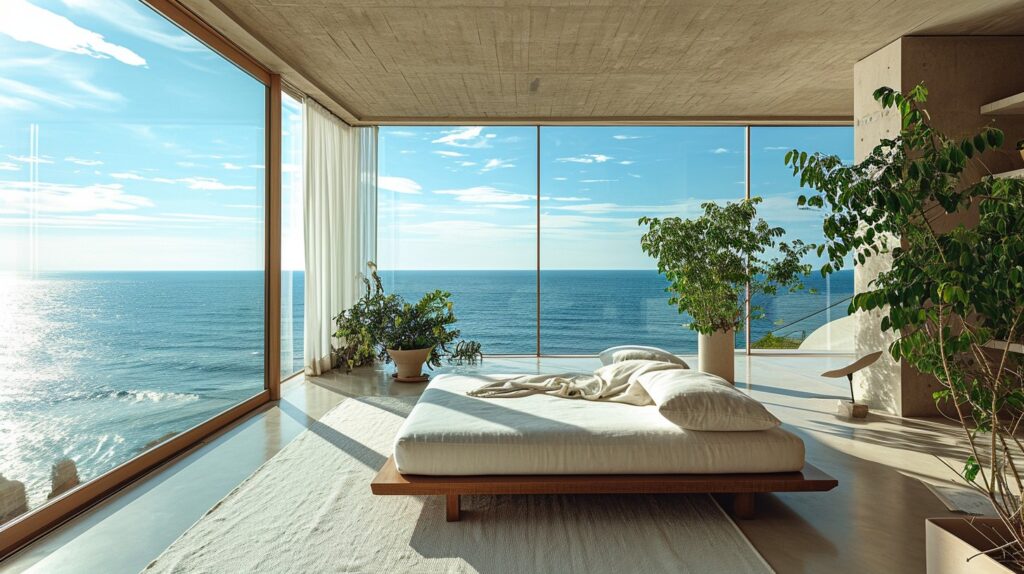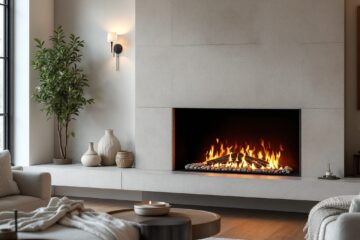Deciding Your Perfect Interior Design Style? Let us help you Find Out Now!
Published by Natasha S. on

Not sure about your interior design style?
Finding the right aesthetic for your space isn’t about following rules—it’s about discovering what feels right. Think of it as a creative journey rather than a checklist. Your home should feel like you, and that’s something worth taking your time to figure out.
Start with inspiration—wherever you find it.
Maybe it’s the sunlit corners in a design magazine, the cozy textures in a Pinterest board, or the unexpected details in a café you love. Pay attention to the spaces that stir something in you. What feels calming? What feels energizing? You don’t need to define it right away—just notice what you’re drawn to and start saving those moments. Over time, patterns will emerge.
Then ask yourself: what already feels good in your space?
Sometimes the things we’ve chosen—intentionally or not—are great indicators of our style. Maybe it’s a well-worn chair that’s never left the room or the color of your favorite mug. At the same time, think about what feels off or uninspired. It’s just as helpful to know what doesn’t resonate. That quiet self-awareness will start shaping your preferences more clearly than any trend ever could.
Can you describe the mood you’re after?
You don’t need a designer’s vocabulary. Just think about how you want your home to feel. Words like warm, fresh, grounded, playful, or quiet are a good start. Maybe it leans boho, minimal, industrial, or mid-century—but even those labels are flexible. It’s not about putting yourself in a box; it’s about giving your style a loose outline to grow from.
Mood boards can help you connect the dots.
Gather the things you love—inspirational images, color swatches, textures, even photos from places that moved you—and place them side by side. Whether it’s digital or tangible, seeing them together often reveals themes you didn’t realize were there. You’ll start noticing what’s consistent: a color that keeps showing up, a feeling you can’t shake, a shape or texture that pulls you in.
Let your style evolve through small experiments.
You don’t need to redo a whole room overnight. Try layering in one new piece—a throw, a chair, a lamp—and see how it changes the mood. Play with arrangement, lighting, or even negative space. If something doesn’t work, that’s okay. Every attempt teaches you more about what feels right.
Most importantly, trust your own taste.
There’s always going to be a new trend or a “must-have” list—but the most compelling spaces are the ones that feel personal. If you love vintage finds, let them shine. If clean lines bring you peace, let that guide you. There’s room for contradiction too—style doesn’t have to be consistent to be authentic.
And if you ever feel stuck?
It’s totally fine to ask for help. A designer can help translate your ideas into something cohesive, or even just give you the nudge you need to take a creative risk. But even then, the best spaces are collaborations between your instincts and your influences.
In the end, discovering your style is less about getting it “right” and more about feeling at home. Let it unfold naturally. Follow what you love. That’s where the magic lives.
Not everyone knows their style right away. Some people walk into a room and feel at home. Others hesitate, unsure what feels right, what feels like them. It’s not something you always have words for. It’s more of a sensation. A quiet recognition when something clicks.
Sometimes, it begins with images. A kitchen bathed in soft morning light. A chair worn in all the right places. The shape of a lamp that reminds you of something you can’t quite name. You start collecting these things—consciously or not. Saving them, pinning them, tucking them away. A palette starts forming. You weren’t looking for it, but there it is.
And then there’s the space you already live in. The corners you’ve claimed. The things you’ve kept around even when everything else changed. Maybe it’s a certain fabric. Or the way the evening light hits your floor. Maybe it’s just the silence of it. There are always clues.
It’s not about labels. Not really. Words like “minimal,” “industrial,” “bohemian”—they’re just placeholders. Convenient, but never complete. Because the way you live, the way you feel at ease, rarely fits into a single category. There’s room for contradiction. Clean lines and soft edges. Stillness and warmth. Neutral tones with unexpected color. You’re allowed to want all of it.
Mood boards can help. Not because they organize your ideas, but because they let you see them breathe together. Suddenly you understand why you kept coming back to that same ceramic bowl, or why every room you saved had linen curtains. You start trusting your eye. And that’s the beginning of everything.
You try things. A rug that feels grounding. A table that doesn’t match, but somehow belongs. The space starts to speak. Sometimes you get it wrong. But even those moments teach you something—what feels off, what feels forced, what you’re ready to let go of.
The process isn’t linear. Style is less about decision-making, more about listening. Some days you want simplicity. Other days, a bit of drama. Both can belong. This is yours, after all.
And maybe that’s the point. That the most beautiful interiors don’t shout. They don’t rush. They unfold slowly, over time, shaped by instinct and memory, by the things you love and the life you live. The best ones are never finished.



0 Comments